As a Midwest-born rider, I never really realized how nice it was to wear a pair of snowboard goggles until I moved to Steamboat Springs, CO. I realized I wanted eye protection that would stay on securely and that would protect my eyes from the sun and weather conditions—something I didn’t experience much of growing up riding in little ol’ Dresser, WI. I was always a sunglasses person while on the slopes, so when I wanted to change from sunglasses to goggles, I had one pair of goggles with one set of lenses. I had no idea why different colored lenses were so important. Below is a list of lens tints I think are useful and what kind of weather/sunlight they’re great for. Check it out, see which colors work best for you or your child, and pack a pair for your next trip!
ANY CONDITION:
Yellow / Gold Lenses
Yellow or Gold goggle lenses work wonders on those flat lighted days. They enhance each and every bump and groove in the snow giving you a great eye for what’s ahead on your line. The yellow and gold tint is also great for snowy days on the slopes. It helps filter blue light out and can also be worn on sunny days. If you ask me, these are the best ski goggle lenses for anyone who hates switching out lenses and wants one pair of goggles that can function well in all weather conditions.
Spy Legacy Goggles
Green Lenses
Green goggle lenses are great for those partly cloudy, overcast days on the slopes. They help reduce glare and filter out light. Green goggle lenses also help to increase contrast giving you a better depth perception while skiing or snowboarding. Green goggle lenses can also be worn on brighter days too!
Smith I/O Mag Goggles
BRIGHT / SUNNY:
Black Lenses
Black tinted goggle lenses are amazing for the brightest of “bluebird” days. The black tint in the lens blocks out an extreme amount of UV light. As black goggle lenses are best for sunny days, they are not great for night or low-light. Often you will find that the black lenses are polarized which eliminates your glare from the sun.
 Anon M2 Goggles
Anon M2 Goggles
Brown / Bronze Lenses
Just like with black tinted goggle lenses, brown or bronze lenses are great for those super sunny days on the slopes. They help increase the contrast of terrain while giving great depth perception. They are not ideal for low light as they are meant to keep sunlight out.
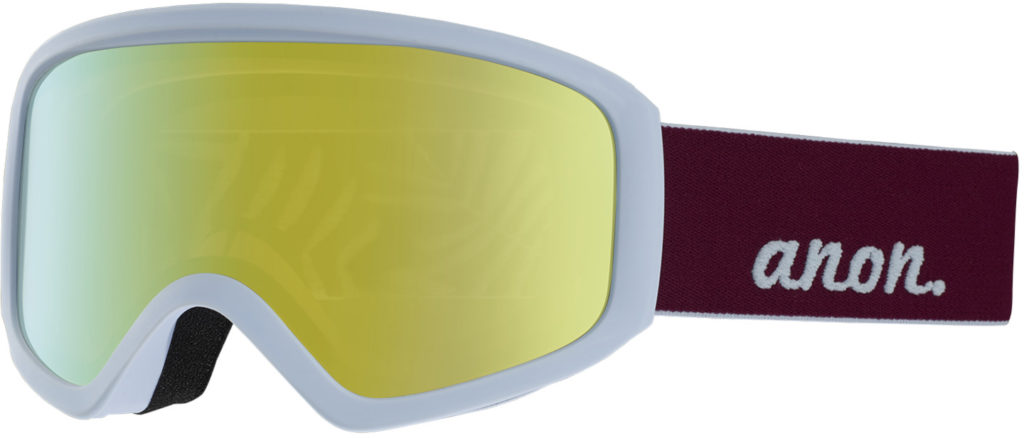 Women’s Anon Insight Goggle with Spare Lens
Women’s Anon Insight Goggle with Spare Lens
Red Lenses
Red goggle lenses are great for those medium-to-bright days on the slopes. The red tint helps to increase definition on the slopes and sharpen your perception. SIDE NOTE: A lot of red goggle lenses you’ll find have the red tint mixed with another tint to help balance out the red.
Anon M2 MFI with Spare Goggles
MEDIUM – LOW LIGHT
Pink / Rose Lenses
Pink or Rose goggle lenses are ideal for the low- and mid-light days. Pink and rose goggle lenses are great for partly cloudy and overcast days with low light because they brighten up the slopes. The pink and rose lenses are also great for the dusk hours. SIDE NOTE: They’re not super great for sunny days as they don’t filter out light.
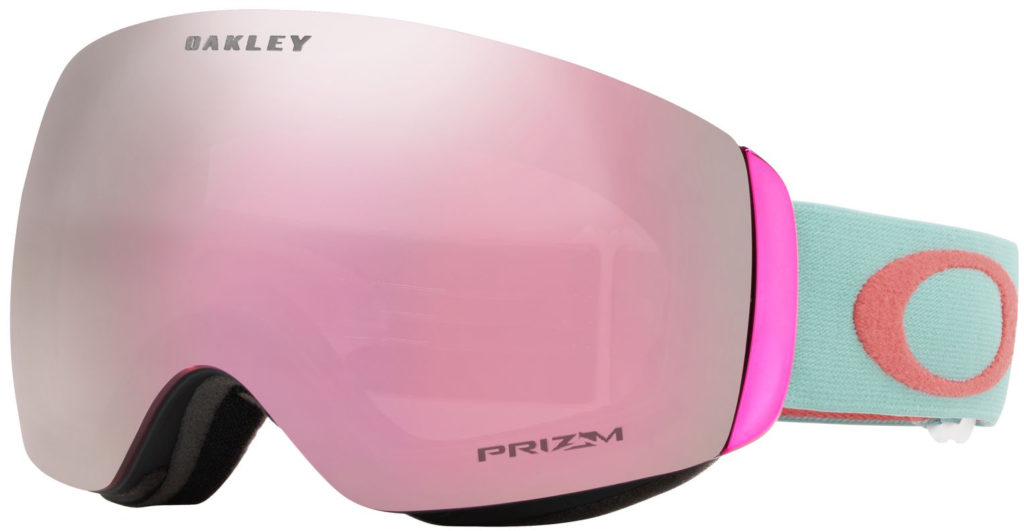 Woman’s Flight Deck XM Goggles
Woman’s Flight Deck XM Goggles
NIGHTTIME / VERY LOW LIGHT
Clear Lenses:
Clear goggle lenses are ideal for night riding as they are pretty much used to only protect your eyes from weather conditions.
Electric EG3.5 Goggle Lense
To shop all of our goggles and spare lenses for skiing and snowboarding check us out at The-House.com
Ashley B.
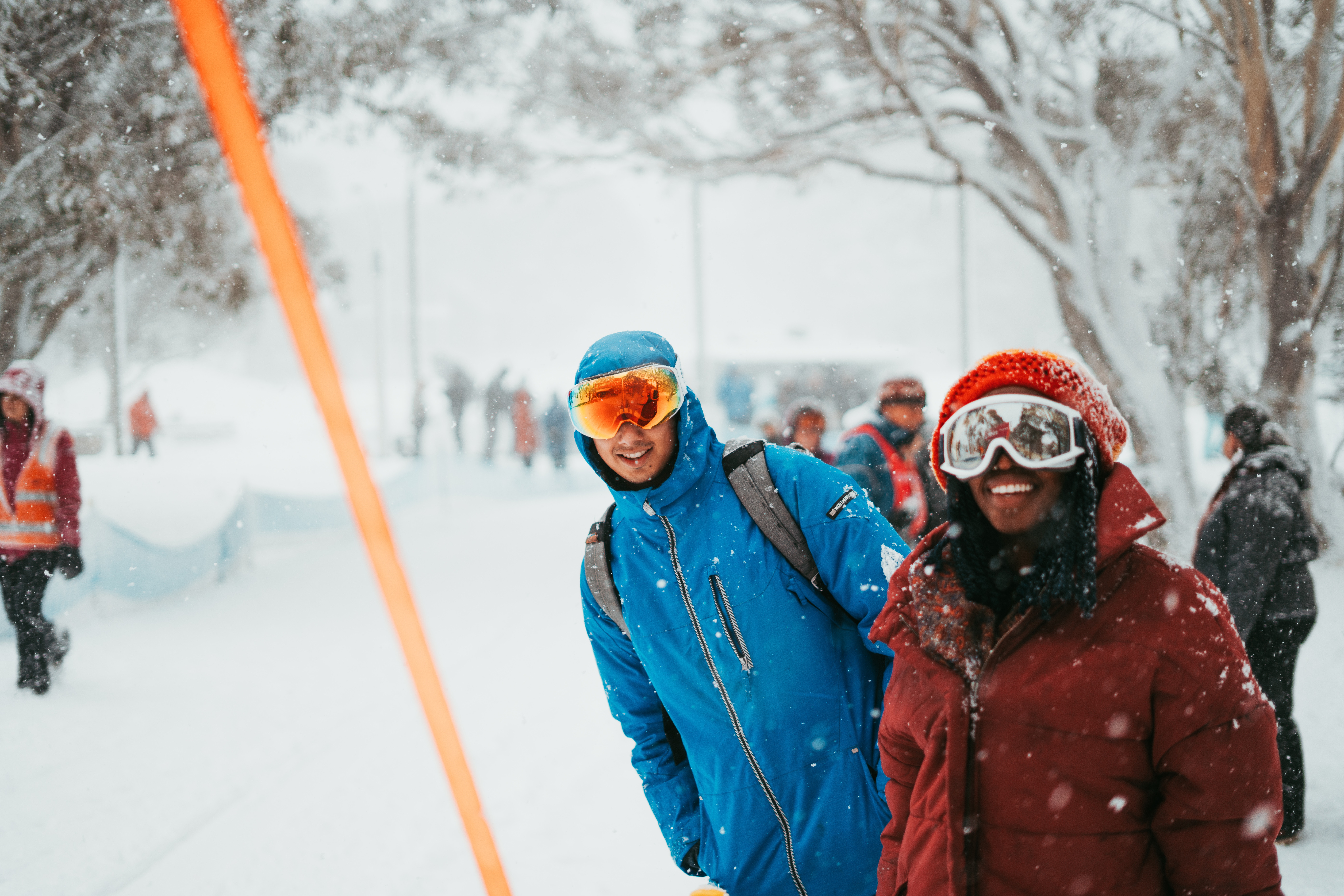

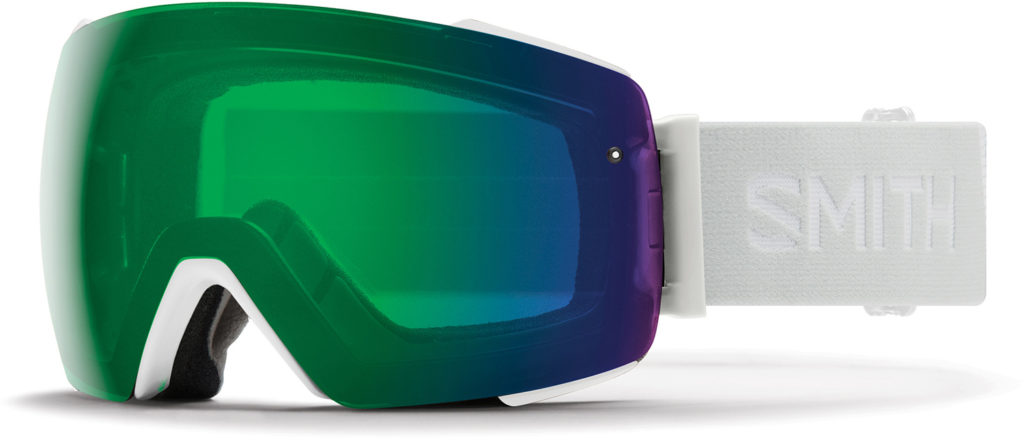
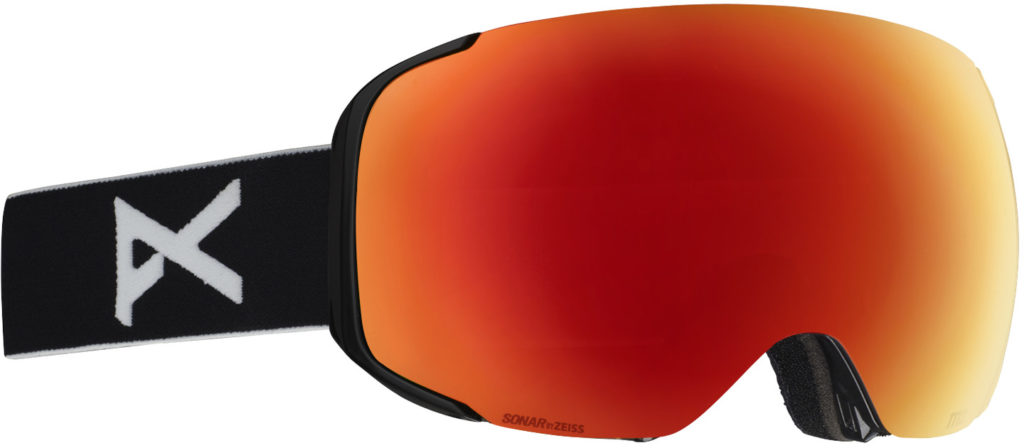






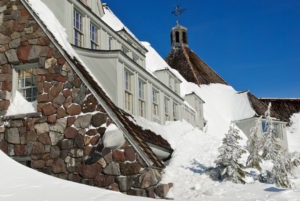
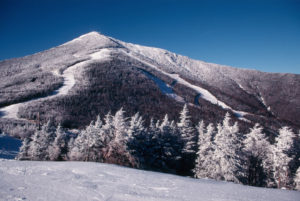
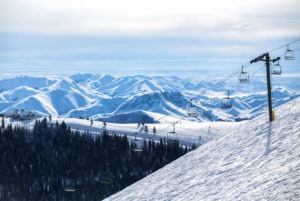
Really thanks for sharing this useful post !! I Have gained very good knowledge about to choosing goggle lens color . This will be really helpful for me when i will choose a google lens color.
Provided valuable information about the goggles. This will help in choosing the best goggle.
Thanks for sharing the great thinks. Already I have one snowboard goggles. It clearly and quality is really Unequaled
Thank you for your help! A southern girl going to the snow for Christmas needs all the help she can get! Have a wonderful holiday season. 😉
[…] the type of lighting you’re typically riding in during the winter months, you’ll want to get a goggle lens with a tint that matches your typical sunlight exposure during the winter. For us in Minnesota, you’ll probably want a low light lens, like amber or […]